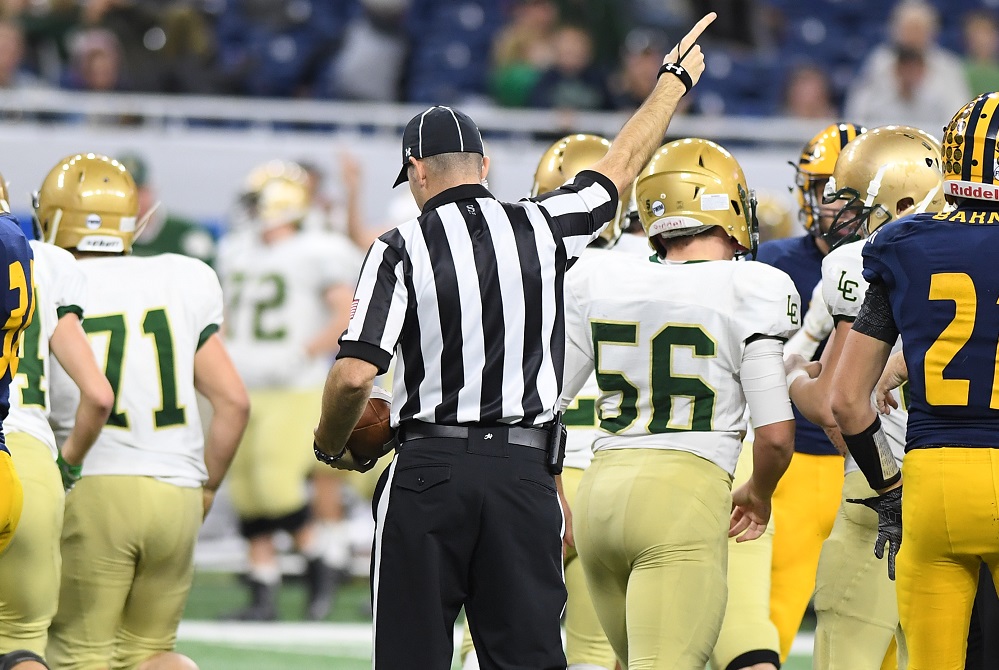
Making Matters Worse
March 17, 2017
For many years there have been complaints that the MHSAA Football Playoffs make it difficult for some teams to schedule regular season football games. Teams that are too good are avoided because opponents fear losses, and teams that are too small are avoided by larger schools because they do not generate enough playoff point value for wins.
Recently the MHSAA has learned, only indirectly, that some among the state’s football coaches association are recycling an old plan that would make matters worse. It’s called the “Enhanced Strength of Schedule Playoff System.”
Among its features is doubling the number of different point value classifications from four (80 for Class A down to 32 for Class D) to eight (88 for Division 1 down to 32 for Division 8).
What this does is make the art of scheduling regular season games even more difficult; for the greater variety of values you assign to schools, the more difficult it is to align with like-sized schools.
The “Enhanced Strength of Schedule Playoff System” makes matters even worse by creating eight different multipliers depending on the size of opposing schools. Imagine having to consider all this when building a regular season football schedule.
When this proposal was discussed previously statewide in 2012, it was revealed that it would have caused 15 teams with six regular season wins to miss the playoffs that year, while two teams with losing records would have qualified. How do you explain that to people? It was also demonstrated in 2012 that larger schools in more isolated areas would have to travel far and wide across the state, week after week, to build a schedule with potential point value to match similar sized schools located in more heavily populated parts of our state and have many scheduling options nearby. How is that fair?
The proposal is seriously flawed, and by circumventing the MHSAA Football Committee, its proponents assure it is fatally flawed.

Be the Referee: Pass Interference
By
Geoff Kimmerly
MHSAA.com senior editor
September 2, 2021
This week, MHSAA officials coordinator Sam Davis explains the differences in high school pass interference rules from those at the college and pro levels.
Be The Referee is a series of short messages designed to help educate people on the rules of different sports, to help them better understand the art of officiating, and to recruit officials.
Below is this week's segment – Pass Interference – Listen
One of the big differences between high school football and the college or pro game is how pass interference is called.
In high school, there is no such thing as an “uncatchable” pass. If there is illegal contact by the defender while the ball is in the air, that’s pass interference, no matter where the pass ultimately ends up.
Also – in high school – a defender can “face guard” as long as no contact is made with the receiver. That is not pass interference, even if the defender does not look back for the ball.
Both of those interpretations differ from the college and pro game. Both (of those) levels have an uncatchable exception, and neither allows for face guarding.
Keep that in mind the next time you think you’ve spotted pass interference at the high school level.
Previous editions
Aug. 26: Protocols and Mechanics – Listen

